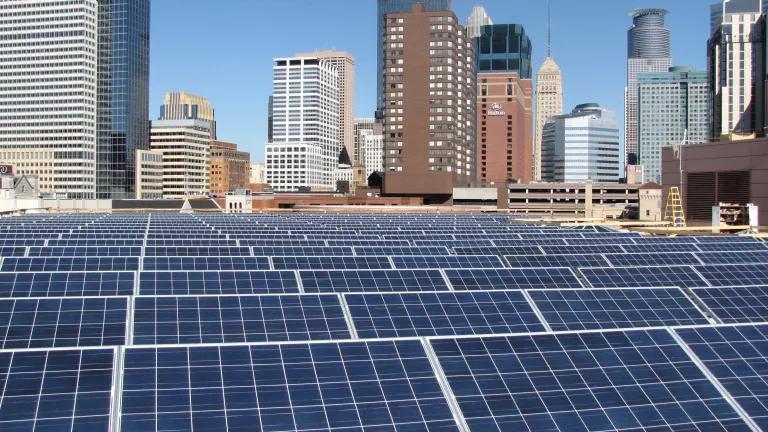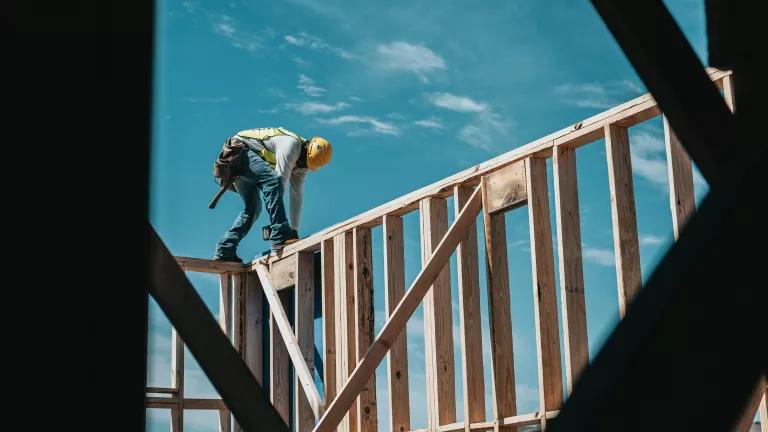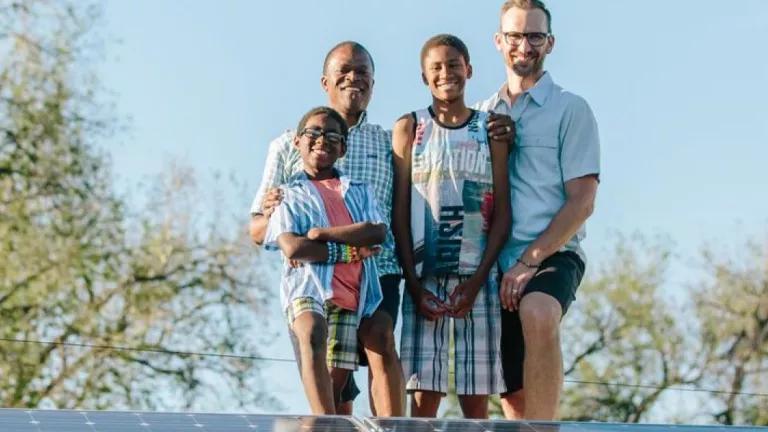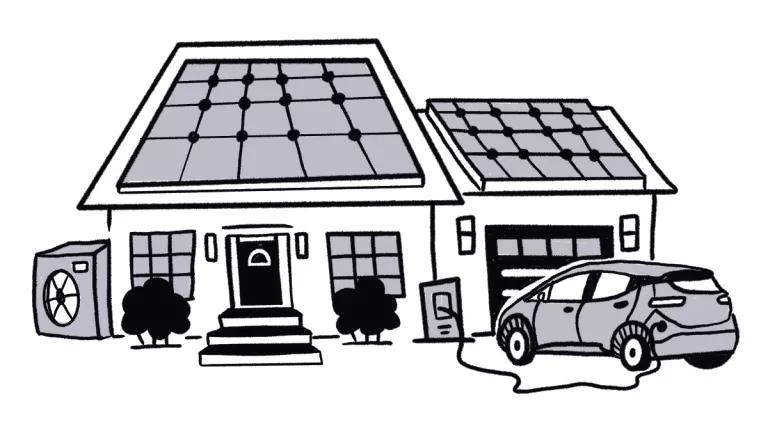What Now for the Greenhouse Gas Reduction Fund Green Finance Programs?
EPA just announced $27 billion in Greenhouse Gas Reduction Fund (GGRF) awards. What should stakeholders be doing now for the NCIF and CCIA programs?

In April, the Environmental Protection Agency (EPA) made a historic set of announcements that will dramatically shift US climate finance for years to come. Specifically, EPA announced $27 billion in competitive grants to 68 awardees under the Greenhouse Gas Reduction Fund (GGRF). These competitive awards cover all three programs under GGRF, and combined are estimated to deliver 310 million metric tons of carbon reduction, deploy over $150 billion dollars in private and public capital, and create hundreds of thousands of jobs over the first seven years of these programs.
More than two-thirds of all GGRF funding will go to projects in communities that often struggle to access capital for projects that reduce pollution and lower household energy bills, including communities of color and low-income, marginalized, rural, Tribal, and energy transition communities. The GGRF was established precisely to fill this gap, with the potential to transform how financing flows to projects that improve people’s lives and create good jobs and economic opportunity.
EPA’s $20 billion National Clean Energy Finance Network
Two of the three GGRF programs—the National Clean Investment Fund (NCIF) and the Clean Communities Investment Accelerator (CCIA)—total $20 billion and will rely on eight nonprofit investment coalitions to create a national clean energy finance network that drives investment in projects that meet GGRF’s three program objectives: (1) reduce greenhouse gas emissions and other air pollution; (2) deliver additional benefits to communities like jobs, small business growth, affordable housing and more; and (3) leverage additional private and public investment.
The three NCIF awardees—Climate United, Coalition for Green Capital, and Power Forward Communities—will invest directly in projects across the country, in addition to financing and supporting other lenders and market actors to deliver projects that support GGRF’s three objectives. The five CCIA awardees—Appalachian Community Capital, Inclusiv, Justice Climate Fund, Native CDFI Network, and Opportunity Finance Network—will both build the capacity of, and provide the initial capital to, local community lenders that will invest in projects that meet GGRF’s objectives and maximize benefits in “low-income and disadvantaged communities.” For a more detailed overview of the NCIF and CCIA programs and awardees, see here and here.
While EPA is currently negotiating agreements with the goal of awardees starting to deploy GGRF dollars in the fall/winter, there are still actions that advocates, community-based organizations and project developers, local and state government, and philanthropy can take now to maximize GGRF’s impact in your community. See below for a selection of tangible actions stakeholders can take.



